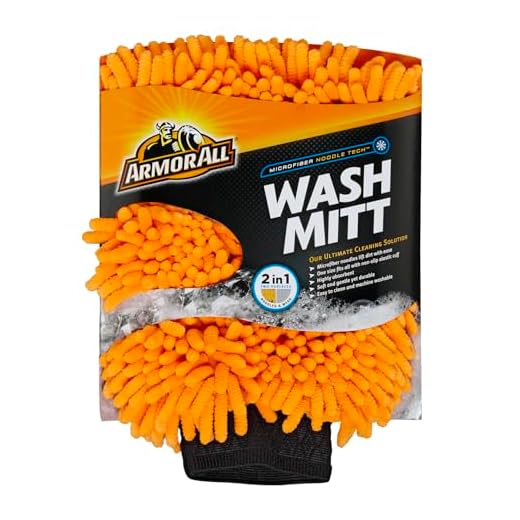



To achieve a spotless finish, grab a bucket and fill it with warm water mixed with a pH-neutral shampoo specifically designed for automotive care. Avoid using dish soap, as it can strip away protective wax coatings. A dedicated car cleaning solution will ensure your vehicle’s surface remains safe while effectively eliminating dirt and grime.
Utilise a soft wash mitt or a microfiber cloth to gently scrub the surface. Start from the top and work your way down, rinsing the mitt regularly in the soapy water to avoid scratching. This method conserves your resources while allowing for thorough coverage.
Once the exterior is clean, rinse thoroughly using a garden hose fitted with a spray nozzle for better control. Ensure all suds are removed before drying. For drying, a soft, absorbent drying towel or chamois will prevent water spots and streaks. Make sure to dry in sections, maintaining a consistent approach for the best results.
For the wheels and tyres, use a dedicated brush and a strong cleaner that can break down brake dust and road grime. Applying a tyre dressing afterward will enhance their appearance and provide a protective layer.
Effective Techniques for Maintaining Your Vehicle’s Cleanliness
Utilise a bucket filled with warm water and a gentle detergent specifically designed for automotive surfaces. Ensure the solution is well-mixed to produce sufficient suds. Dip a soft sponge or microfiber cloth into the mixture, then begin to clean from the top down, addressing one section at a time to prevent dirt from running onto already cleaned areas.
Opt for a Waterless Cleaner
For a quick touch-up, consider using a waterless cleaning solution. Spray the product directly onto the surface, allowing it to sit for a brief moment to loosen grime. Wipe it away using a clean microfiber towel, turning the towel frequently to avoid spreading debris. This method is especially effective for maintaining shine between more thorough cleanings.
Finishing Touches
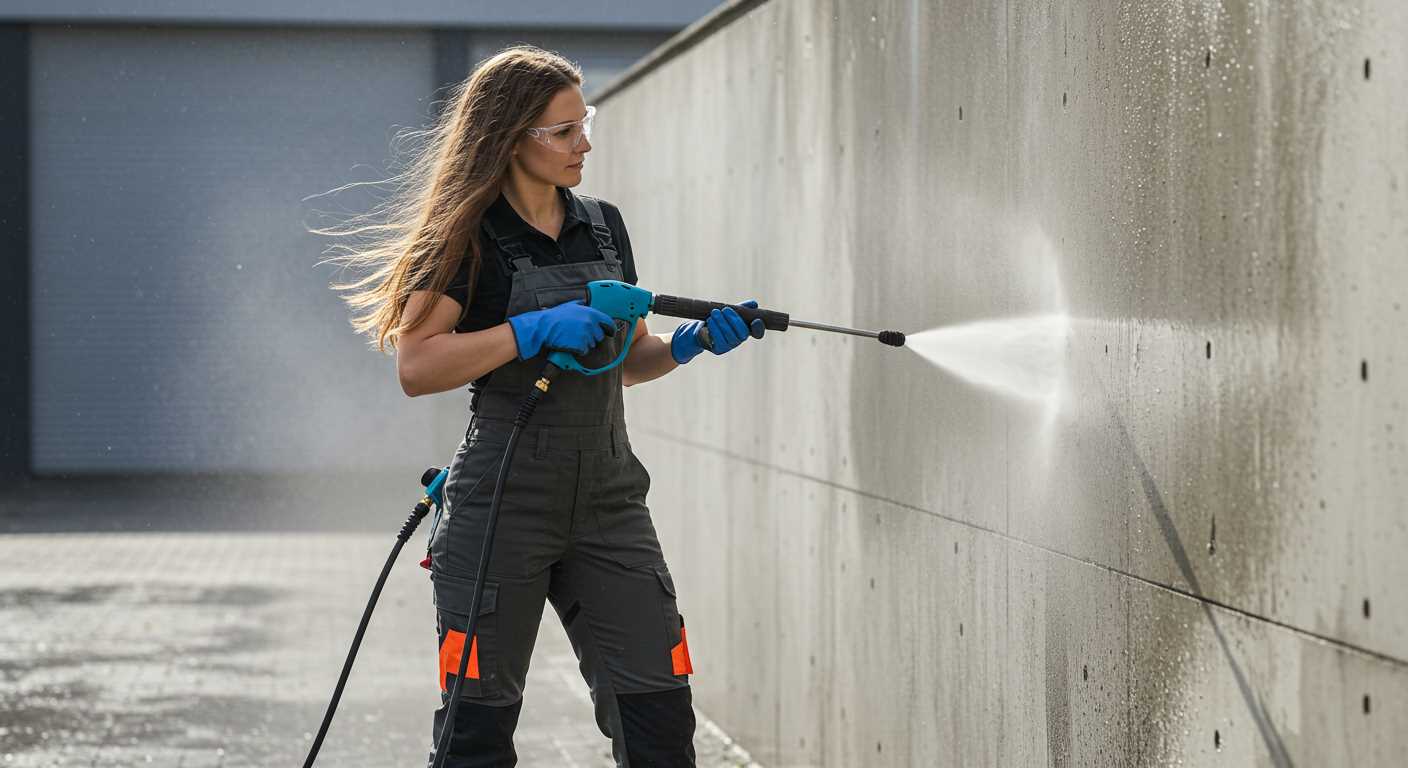
After finishing the main cleaning, rinse the surface with a hose or a clean, wet sponge. This step removes any remaining soap residue while enhancing shine. For a polished look, apply a suitable wax or sealant to protect the finish and maintain the vehicle’s appearance. Regular maintenance using these techniques can help extend the life of the exterior and keep your vehicle looking its best.
Choosing the Right Cleaning Products for Your Vehicle
Opt for pH-balanced shampoos designed specifically for automotive use. These products effectively remove dirt and grime while being gentle on your vehicle’s finish. Avoid household cleaners; they can cause damage over time due to harsh chemicals.
Consider the Surface
Identify the materials you will be cleaning. For waxed or sealed finishes, choose a soft wash soap that won’t strip away protective layers. For wheels and tyres, look for dedicated wheel cleaners that can tackle brake dust and grime without harming the alloy.
For glass surfaces, a dedicated automotive glass cleanser is crucial as it prevents streaks and ensures visibility. Microfiber cloths are ideal for application, offering a scratch-free finish.
Specialty Products
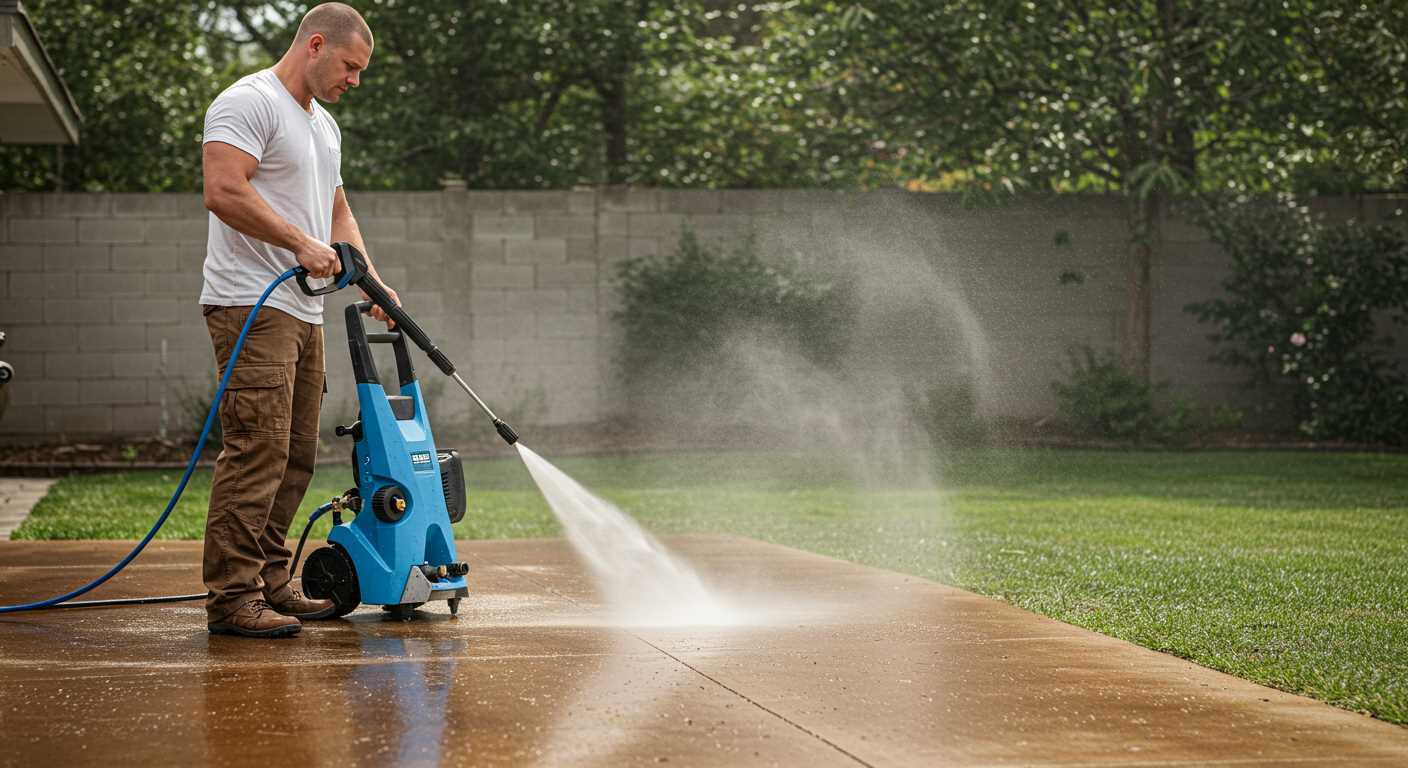
Consider using clay bars to remove embedded contaminants on the paint. This step is vital if the surface feels rough after washing. Additionally, for stubborn stains or bird droppings, pre-treatment products can significantly ease the cleaning process.
A good wax or sealant is essential post-cleaning. It not only enhances shine but also provides a protective layer that repels dirt and water, making future maintenance simpler. Lastly, don’t overlook interior cleaning products; dashboard cleaners, upholstery sprays, and all-purpose cleaners specifically made for car interiors will enhance the overall appearance.
Selecting the right cleaning agents can prolong the life of your vehicle’s surfaces and enhance its aesthetic appeal. By being thoughtful in your product choices, you invest in the long-term care of your automobile.
Preparing Your Car for a Thorough Wash
Begin with removing all personal belongings. Check under seats and in storage compartments for items that might roll around during cleaning.
Next, clear any debris from the exterior, including leaves, dirt, and loose sand. Use a soft brush or cloth to avoid scratching the surface. This step is critical to ensure a smooth cleaning process.
- Inspect wheels and tyres; remove brake dust and grime using a dedicated wheel cleaner.
- Cover sensitive areas like mirrors, lights, and vents with protective wraps or plastic bags to guard them against water and cleaning products.
- Check for any visible damages or scratches; note these before you start to avoid missed spots later.
Choose a shaded area for your task to prevent the sun from drying soap quickly, which could leave marks. A stable surface will make moving around the vehicle easier.
Gather the necessary tools: soft sponges, mitts, bucket, and microfiber cloths. Organise cleaning supplies like shampoo, wax, and glass cleaner within easy reach to save time.
- Mix your washing solution in a bucket, following recommended ratios on product labels for optimal results.
- Consider filling another bucket with clean water for rinsing your tools during the process, preventing dirt from transferring back onto the exterior.
With everything prepared, you’re set for an efficient and effective cleaning session. Ensure each step is conducted with care to achieve the best shine and protection for your vehicle’s finish.
Step-by-Step Hand Washing Techniques
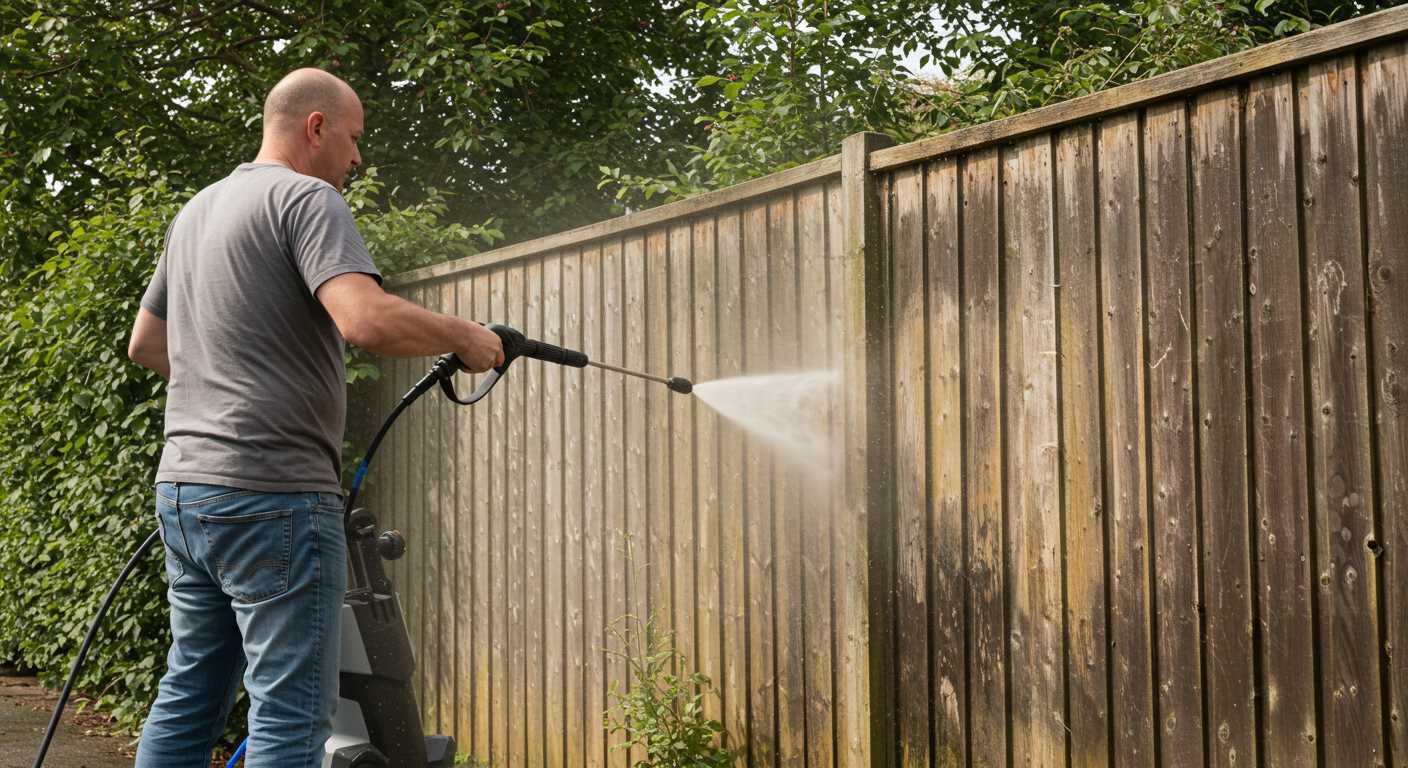
Begin with a clean, empty bucket to avoid cross-contamination of dirt. Fill it with warm water and add a pH-balanced solution suitable for vehicle surfaces. Stir gently until it produces a rich foam.
1. Rinse the Vehicle
Using a garden hose with a spray nozzle, rinse the surface thoroughly to remove loose debris and dirt. Start from the top and work your way down, ensuring that you cover each section adequately.
2. Washing the Surface
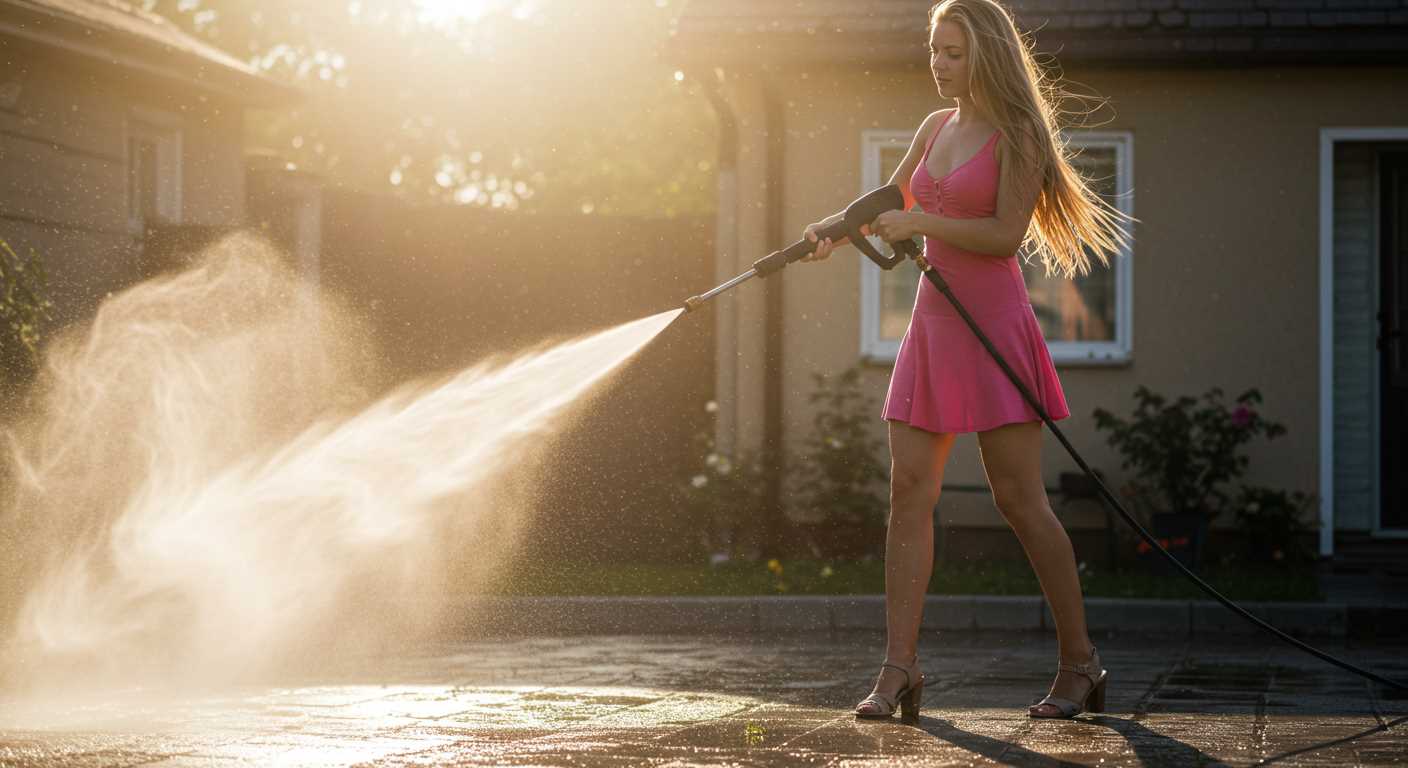
Using a microfiber mitt, dip it into the soapy mixture and wring out excess liquid. Work in a top-to-bottom motion to prevent dirt from being dragged over clean areas. Use straight strokes and avoid circular motions to reduce swirl marks. Rinse the mitt frequently to remove dirt accumulation.
| Section | Technique |
|---|---|
| Roof | Number of strokes: 5, Method: Straight strokes, Rinse frequently |
| Windows | Number of strokes: 3, Method: Vertical strokes, Rinse carefully |
| Doors | Number of strokes: 4, Method: Horizontal strokes, Rinse thoroughly |
| Bumpers | Number of strokes: 2, Method: Circular strokes, Rinse well |
Pay special attention to wheel arches and undercarriage, where grime builds up. Use a separate brush for these areas to avoid contaminating your main washing mitt.
After cleaning each section, rinse with a gentle spray to ensure no soap residues remain, which can cause streaking or spotting.
Finish by drying with a clean microfiber towel, starting from the top down. Use a blotting motion rather than rubbing to avoid scratches.
Drying Your Vehicle Properly to Avoid Water Spots
Use a high-quality microfiber towel for the best results when drying. It absorbs moisture effectively and minimises the risk of scratches. Make sure to choose a plush, thick variety to enhance absorbency and softness.
Technique for Drying

Start from the top and work your way down. This method prevents dripping onto areas already dried. When using the towel, pat the surface gently instead of dragging it across the paint. Rotation of the towel is key; switch to a dry section frequently to avoid spreading water.
Other Considerations
For hard-to-reach areas like mirrors and door handles, consider using a smaller, targeted microfiber cloth. Additionally, if the climate permits, drying in the shade can slow down evaporation and help prevent spots from forming. Ensure the surfaces are cool to touch–heat accelerates water evaporation, leading to undesirable residue.
Cleaning Wheels and Tyres Without a Pressure Washer
To achieve a thorough clean of wheels and tyres, I recommend starting with a dedicated wheel cleaner. Choose a non-acidic formula to prevent damage to the protective coatings on your alloy wheels.
Use a sturdy brush with soft bristles, preferably one specifically designed for wheel cleaning, to agitate the dirt effectively. Apply the cleaner generously and let it sit for a few minutes to break down grime and brake dust.
For tyres, a simple mixture of mild soap and water works wonders. Use a stiff-bristled brush to scrub the sidewalls, ensuring to remove any embedded dirt or debris for a polished finish.
Rinse thoroughly with clean water, ideally using a bucket or hose with a spray nozzle. Make sure to direct the water flow away from sensitive areas and electrical components of the vehicle.
To finish, apply a tyre dressing product if desired, following the manufacturer’s instructions for the best results. This step enhances appearance and provides a protective layer against the elements.
Tips for Maintaining Cleanliness After Washing
Immediately apply a wax coating to protect the surface from dirt and grime. This creates a barrier that makes future clean-ups easier.
Regular Maintenance Routines
Implement a weekly quick clean using a soft microfiber cloth and a gentle detailing spray. This routine helps to remove light dust and maintains shine.
- Focus on high-touch areas such as door handles and mirrors.
- Use a separate cloth for windows to avoid streaks.
Environment Control
Park in a shaded area. Direct sunlight can lead to spots and accelerate the settling of dust. If possible, use a garage for parking.
Consider using a quality car cover if parking outdoors for an extended period. This keeps environmental elements at bay.
- Ensure the cover is breathable to prevent moisture buildup underneath.
- Regularly clean the cover to avoid scratches from trapped debris.
Address spills or stains immediately. A quick treatment prevents these from becoming permanent blemishes.
Wheels and Undercarriage Care

Regularly inspect and clean the wheels and undercarriage. These areas accumulate grime and can affect overall appearance.
- Use a dedicated wheel cleaner and a stiff brush for effective results.
- Don’t neglect the arch areas where dirt tends to gather.
Develop a habit of checking and removing any debris, such as leaves or mud, from wheel wells after drives in the countryside or during rainy weather.


